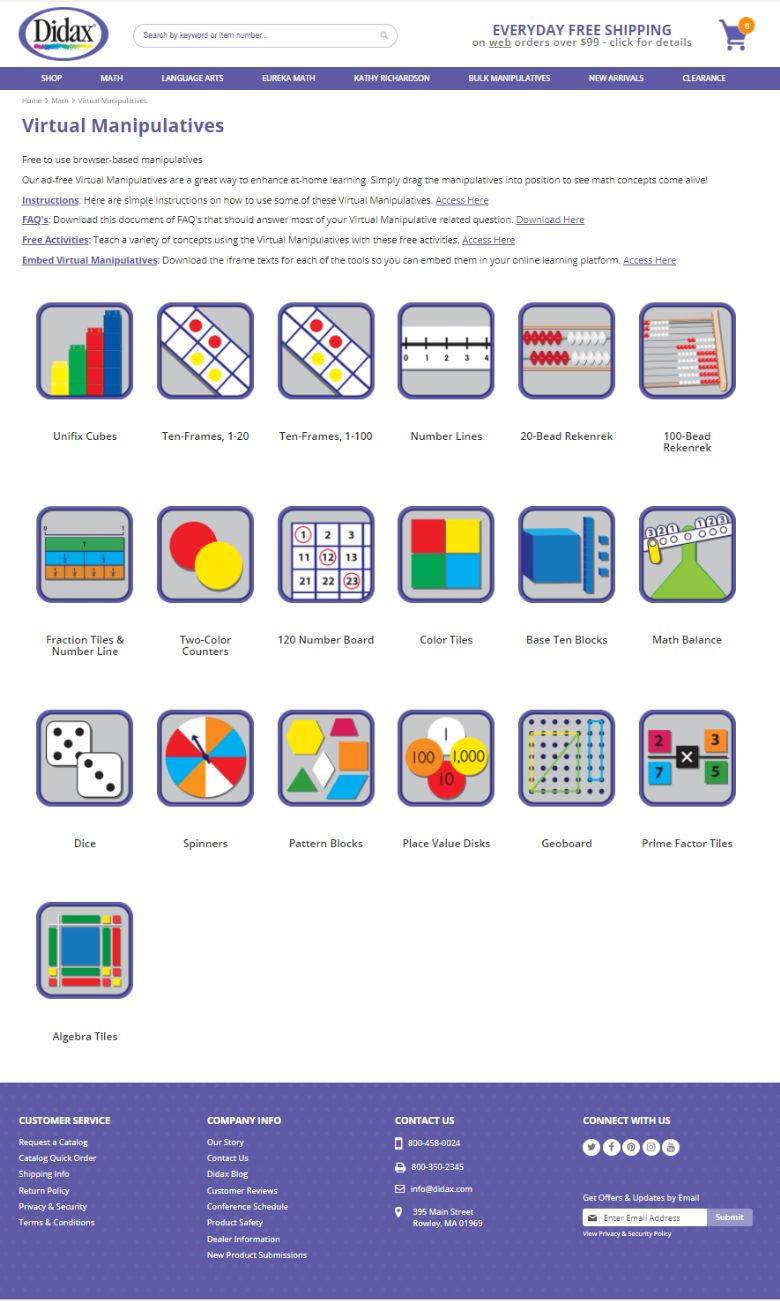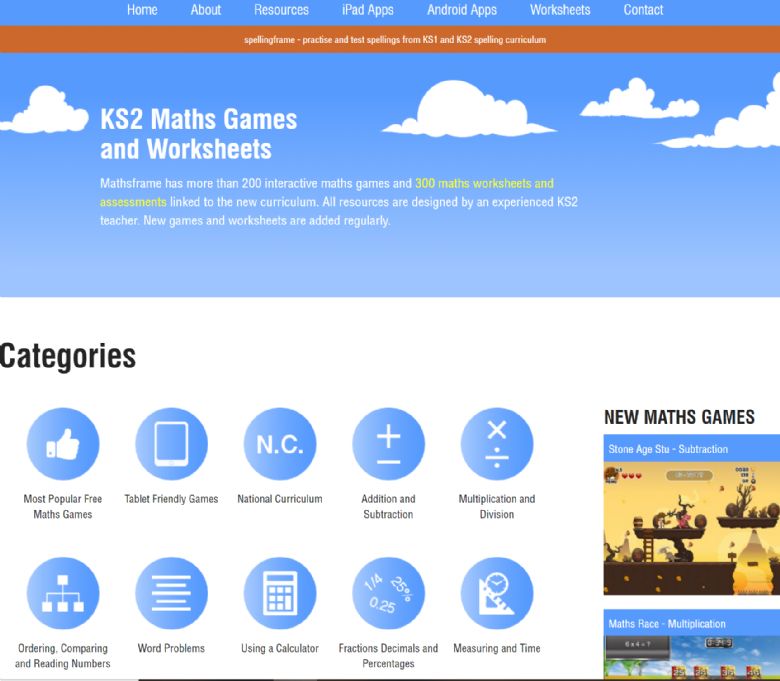- Home
- Parents
- Supporting your Child
Supporting your Child
Resources to support home learning
The following resources were created during th Covid-19 Lockdown. However, we feel many of them are still helpful when supporting your child with home learning.
Using Read Aloud and Dictation using Microsoft Edge on PC and LaptopsUsing Read Aloud and Dictation on iPad using Microsoft EdgeSupporting your child with EnglishRefusing to do workParent's financial concernsParental Well-beingOnline safetyManaging poor behaviourLong term mental health issues for childrenConcentration
Below you will find additional resources that you may find helpful for supporting your children with their home learning. These are split into:
English Support
Resources to use for a range of needs/abilities within English including word banks and writing scaffolds
Click on the link below for English and Phonics games aimed at Key Stage 1:
http://www.ictgames.com/mobilePage/literacy.html
Click on the link below for English games aimed at Key Stage 2, covering grammar and spelling; writing; stories and poetry:
https://www.topmarks.co.uk/english-games/7-11-years/spelling-and-grammar
If your child finds looking at the screen uncomfortable, Colorveil will tone down the screen with a chosen colour to minimise the glare:
Mathematics Support
Virtual manipulatives, printable resources and links to websites that help explain the learning
Here is a website which has an amazing selection of interactive maths resources to support learning. It has many of the manipulative we would use at school to support learning. Click the picture to visit the website.
In addition to the interactive resources above, this website has Interactive resources to support a variety of areas in the maths curriculum. Although predominately aimed at KS2, this can be used in other year groups too.
https://mathsframe.co.uk/en/resources/category/586/ITPs
The School Run website is fab for explaining mathematical concepts the children will be learning and giving examples of how this will look. Use the tabs at the top of the web page to browse by subject and then area e.g. maths, addition.
Organisation and Engagement
Task management boards, visual timetables and reward systems that mirror those used in school to motivate and engage children in their learning
How to use a task management board:
Objective: These boards provide children with a sequence of tasks to carry out in order, for example when getting ready for PE or writing a story. That may include picture representations of steps to complete the task. See the example below.

When to use: They are used to develop independent working for children who struggle to stay on task. You can add a reward at the end to motivate children to complete the task, for example, a sticker or house point, or 5 minutes on the computer.
You could print out and laminate the Task Management Board of your choice or you could use a digital copy on the computer. Use the icons to fill in the board, or get the child to draw their own steps. You can make these up for any routine throughout the school day.
Always go through the board with the child before the task begins, making sure they understand the icons. Make up your own individual icons or ask children to draw the icons themselves, so long as it is clear what they represent when completing the task.
Reward systems:
Rewards: people love them.
Be it a 10-metre swimming certificate, or a Nobel Peace Prize; we all love being rewarded.
Rewards release the feel-good chemical dopamine. In Learning & Development, this makes learners crazy for learning more!
10 tips for reward systems
1. Motivate the individual – if the child likes a character, colour or topic, use it to style the token board.
2. Set them up to succeed – we must judge how long we can stretch out between tokens by the child’s ability to wait for a reward.
3. Be positive – be over-the-top enthusiastic when the child gets each token; let them know you are really happy with them.
4. Don't take tokens away - if your child earns a token for doing something, don't take it away when they don't do something else. They have to see that when they do the right thing they keep the reward. Have a separate sanction for other behaviour.
5. Have a reward board – this way the child can select their individual reward.
6. Be clear - they have to know exactly what they need to do to earn a reward and when they do it, they must get the token.
7. Share their success – let them see you telling other people how happy you are when they succeed.
8. Take control – children like to know adults are in control; it makes them feel safe. Don’t allow them to take control of getting tokens and rewarding themselves.
9. Look for patterns and adapt – are certain times of the day more challenging? Are there any possible triggers such as hunger, noise or lack of attention?
10. Keep it fresh – a token system using stickers might lose its magic after a few weeks. Be ready to up the ante and make the rewards more exciting, or get creative with a whole new system.
Confidence Indicators:
Confidence indicators provide visual representations of how children feel about their learning. Many children experience low self-esteem and this can be particularly so with children with communication difficulties. It can be difficult to ask for help so it is important that opportunities for communicating confidence in learning are built into the learning routine.
Ask the child at appropriate points how they feel about the learning. This could be after a tutorial, when they have been given instructions, looked at the work or during the task. If they can use visual cues to let you know how they are feeling at various points, you will know when they need help and when they can work more independently.
They can use these in conjunction with other resources such as task management boards, using the tokens to identify where they feel confident and where they would like help with their work.
Sensory Circuits
Links to videos for sensory circuits at home and some provided by Federation teachers for calming and alerting
Sensory circuits are a great way both to energise and settle children. Particularly when they need to focus or engage in learning. The aim of a sensory circuit is to focus concentration in readiness for the day’s learning. The circuit also encourages the development of the child’s sensory processing skills.
Sensory circuits are commonly done first thing in the morning in schools, but can be done at home too. The activities can be utilised at different points of the day, or the activities used as and when required to regulate a child.
Here is a great guide to do sensory circuits, how they are comprised and activities to do:
The zones of regulation ideas below are also a quick and easy way to set up your own sensory circuits at home!
Wellbeing
5 Ways to Boost Children’s Wellbeing
Wellbeing is a popular term nowadays but what does it mean and how can we ensure our children have it? Our physical, mental, emotional and social health are all equally important and all contribute to our wellbeing.
Here are five practices that you can adopt to improve children’s wellbeing:
1. Physical activity
Exercise is essential for everyone, especially children. There are a lot of benefits gained from exercising, including that it fosters a positive mood and releases the stress of the day. After a day of thinking, children need to be outside in the fresh air either playing sport or simply playing.
PE with Joe: https://www.youtube.com/channel/UCAxW1XT0iEJo0TYlRfn6rYQ
Johnny Jump Start: https://www.jumpstartjonny.co.uk/home
Cosmic kids yoga sessions: https://www.youtube.com/user/CosmicKidsYoga
CSSP active episodes : (51) Croydon SSP - YouTube
2. Technology time
There is so much technology available to children nowadays but it is important to limit the time children spend having screentime. Setting clear and consistent guidelines from an early age makes it much easier to reinforce these limits. Most technology has timers so it easy for children to know when their time is up!
3. Building internal self value
Games to support self expression: https://www.childline.org.uk/toolbox/
Building confidence and self esteem: https://www.childline.org.uk/info-advice/your-feelings/feelings-emotions/building-confidence-self-esteem/
Wall of expression :https://www.childline.org.uk/toolbox/games/wall-of-expression/
4. Sleep
Sleep is an important element in maintaining good mental and physical wellbeing. Ensuring your child gets enough sleep each night is one of the most important practices you can develop as a parent. It is never too late to establish a night time routine. This may include a bath, reading a story or listening to quiet music. Make sure the technology gets turned off one or two hours before bedtime to allow your child’s brain to unwind and relax.
Sleep clip for younger children:
Sleep clip for older children:
5. Build resilience
Being resilient is one of the most important qualities to develop in children. The ability to learn from mistakes and accept feedback, be persistent and not give up easily will help maintain a positive wellbeing in children. Through modelling these qualities yourself, parents and educators can help children bounce back and move past mistakes and problems. Letting go is one of the best ways to maintain a healthy wellbeing.
If you feel your child or someone in your family needs more specialised support there are various services that can help you.
Please see below useful links to websites and organisations who offer support:
Kent Educational Psychology Service
Due to school closures relating to the coronavirus, for a limited period of time Kent Educational Psychology Service are offering free consultations via video/phone call for 30 minutes, where parents/carers can talk to an educational psychologist.
The aim of this service is to provide advice and guidance to support children’s wellbeing and learning during the time of school closures. Topics or areas that you may wish to discuss could include:
- Anxiety around the current situation and its impact on your children and family. Supporting your children’s emotional needs.
- Concerns about family relationships.
- Concerns about friendships, learning, daily structure and sleep routines.
- How you can best look after yourself to support your children.
- Preparing for the transition back to school.
If you would like to make use of this service, please contact: kepscommunitysupport@kent.gov.uk
When you e-mail, please give: - your name; - phone number; - the time of day that would be most convenient to be called back (i.e. morning, afternoon, early evening); - a brief description of what you wish to discuss.
They will do their best to respond within two working days but this may be subject to availability.
Young Minds offers free support to children young people struggling with isolation, coronavirus and the impact on their mental health.
Young minds parent helpline 0808 802 5544
Text the YoungMinds Crisis Messenger for free 24/7 support across the UK if you are experiencing a mental health crisis.
- If you need urgent help, text YM to 85258.
- All texts are answered by trained volunteers, with support from experienced clinical supervisors.
- Texts are free from EE, O2, Vodafone, 3, Virgin Mobile, BT Mobile, GiffGaff, Tesco Mobile and Telecom Plus.
Trauma Council
Contact- Free helpline and website for families
0808 808 3555 contact.org.uk
Mind UK- Charity supporting mental health Mind.org.uk
Family Action- Free helpline for families 0808 802 6666 2
Kooth- Counselling app for young people
The Samaritans 116 123
National Autistic Helpline 0808 800 4104 www.autism.org.uk



